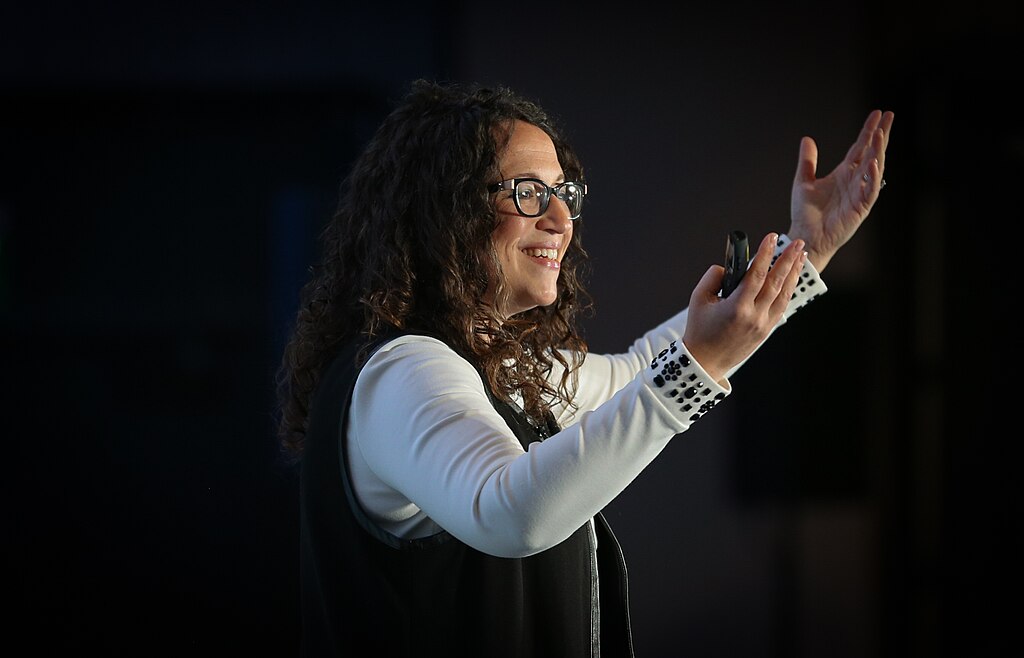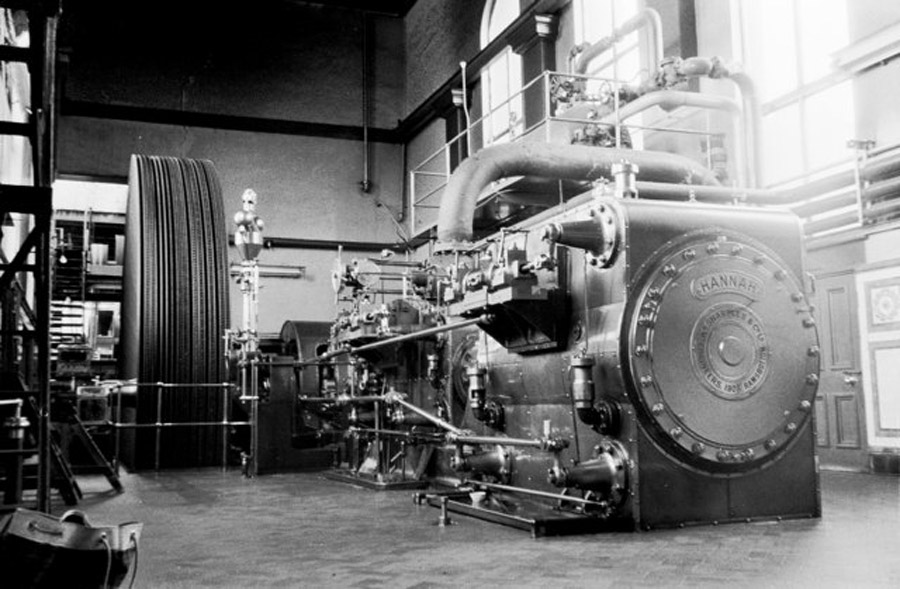During the 2010s, a group of nonprofits began organizing coding workshops for unemployed coal miners from West Virginia. The plan, futurist and author Amy Webb explained at EmTech MIT 2024, an annual conference on emerging technologies, was to retrain the disenfranchised workers of a dying industry into “expert coders ready to be hired into high-paying jobs in Silicon Valley.” It did not work. Not because the workshops were poorly run, or because the miners weren’t interested, but because they’d been taught the wrong thing: HTML.
“Sure, [HTML’s] the language that powers the internet,” Webb explained, “But it’s also basically been automated since 2018. Nice to know how to do, but not essential. What was on the horizon at the time was AI.” Had the retraining been organized around this subject, some of the miners might have had an easier time switching careers. Unlike many coal mining companies, which perhaps stubbornly refused to invest in alternative sources of revenue — like turning their facilities into efficient underground data storage centers — the trainers had bet on a future trend, just not the correct one.
Many a mining community in WV has fallen victim to technological progress.
“Why talk about all this?” Webb asked her audience. “Because I am concerned that what happened in West Virginia is going to happen everywhere else in the world.”
She predicts that we are on the cusp of a “technology supercycle,” in which advances in three complementary and increasingly interconnected fields of research — AI, biotech, and smart sensors — will transform our economy and society to a similar extent as the wheel and the steam engine. In an interview with Freethink, she reveals how businesses and entrepreneurs can identify — and capitalize on — investment opportunities that have yet to materialize.
“I am concerned that what happened in West Virginia is going to happen everywhere else in the world.”
Amy Webb
The supercycle explained
“Our methodology is fairly robust,” Webb says of her firm, the Future Today Institute, which provides strategic insight to corporate strategizers. “We are not looking at news headlines, but investment patterns, academic journals, and patent trademarks.” The first signs of the incoming supercycle showed up between 2017 and 2018, when Webb was researching her book The Big Nine: How the Tech Titans and Their Thinking Machines Could Warp Humanity. “I saw that a lot of companies working on AI were also investing in biotechnology and synthetic biology.”
The next question was: why? Although at first glance these fields appear to have little in common, closer inspection suggests breakthroughs in one will lead to breakthroughs in the others and vice versa. “When you combine AI with biology,” Webb tells Freethink, “what researchers can do in a lab is nowhere close to what they can do with this additional technology. They can run simulations and use robotics more efficiently. Just look at synthetic biology, which is taking existing organisms and inventing new organisms to have new and enhanced purposes. You can’t do that without AI and robotics. You need assistance.”
Just as biotech requires AI, so does AI require smart sensors: “AI is the foundational layer of the supercycle, but we will need advanced sensors to bring in the data that AI needs to operate. One of the challenges with large language models today is that they were trained using openly available data. At this point, all of the big companies have pretty much scraped the entirety of the internet. To get more out of AI, we’ll need data from the real world, visual and video data, which will enable us to transition from language models to action models.”
This brings Webb to the third and arguably least appreciated component of the incoming technology supercycle: smart sensors. Webb expects smart glasses and implantable brain-computer interfaces to become more popular in the coming years, and not just because our go-to gadget — the smartphone — is hitting a well-documented plateau. In order for large language models like ChatGPT to improve, they require other sources of data other than information that’s publicly available online. Smart glasses, like the ones recently introduced by Meta’s Mark Zuckerberg, can provide AI with data about our real-world environments, helping them become more sophisticated.
Brave new world
Researchers at Future Today Institute use the acronym CIPHER — “contradictions, inflections, practices, hacks, extremes, and rarities” — to identify transformative trends in the technology sector. These six criteria, when observed together, suggest a particular phenomenon isn’t a temporary fad, but a genuine, long-term trend.
“Do you remember those early social media platforms like Foursquare?” Webb says when asked to offer an example of such a fad. “You could go to a place, check in with your mobile app, and then get a digital badge. At first, everybody thought that those badges were the future. It was trendy, and people were talking a lot about it. But it was just a modality, not a real trend. The real trend was actually very boring, but also very important: it was location based services.”

Amy Webb at a 2017 talk in Florida.
Studying previous fads can help us identify trends in the present: “Right now, everybody is thinking about generative AI in terms of a chatbot experience, which is what it currently is, but the long term trend is more about using different types of data from different sources and interfacing with that data in various ways.”
Although it is difficult to imagine at the moment, services like ChatGPT are only the beginning of the AI boom, not its end. The AI bots of the future won’t be purely text-based; you will be able to see and interact with them, while they will be able to interact with you, your apps, and your immediate surroundings. This is the future that businesses and entrepreneurs should prepare for.
Investment strategies
Asked how companies can ride the technology supercycle wave, rather than be swallowed up by the current, Webb’s response is both simple and complex. In short, they should do the opposite of what those mining companies did: scale back on services that are bound to become obsolete, and invest in new sources of revenue the supercycle will create.
The problem, she tells Freethink, is that many companies whose business models are threatened by innovation are only doing the former. “For example, we are starting to see a lot of companies cutting back on transportation, including airlines and aerospace. The problem is that they are not reinvesting for the future, meaning the problems they have today are likely to become bigger tomorrow.”
Aside from developing solid business strategies, those hoping to capitalize on the tech supercycle should also anticipate the reaction of other actors in the space, from Big Tech companies to Washington bureaucrats. Government regulation of innovative technologies — particularly AI — is an especially important topic to consider, not least because machine learning is going to play a bigger, more invasive, and — by extension — controversial role in both the economy and our individual lives.

The technology supercycle will bring societal change on the scale of the steam engine.
An effective, sustainable approach to AI regulation has yet to be found. Too little regulation could lead to the formation of monopolies, shielding corporations from accountability and exacerbating the unequal distribution of new technologies on a national and international level. But too much regulation can be harmful, too, obstructing innovation, entrenching existing leaders, and motivating businesses to set up shop in places where they are free from oversight. Both of these extremes obstruct rather than empower the supercycle, slowing the development of new technologies and limiting the positive impact they could have on society.
Instead of focusing on regulation, as has been the case in the European Union, Webb argues in favor of economic incentives that “compel companies to make the right decisions,” adding that “the concept of regulation and policy-making as it exists today was created before we had all of these game-changing technologies,” which is as convincing a proof as any that something has to change.
“It doesn’t matter whether you’re a Boomer or a Millennial. Everybody alive is part of the transition generation.”
Amy Webb
Although much has been written about the way that new technologies and services are supposed to have worsened rather than solved societal issues — think social media platforms contributing to political polarization and the spread of misinformation as opposed to bringing their users together — Webb believes that, with the right attitudes and intentions, the upcoming supercycle can actually restore a long-lost sense of togetherness.
“As we enter this cycle of change, it doesn’t matter whether you’re a boomer or a millennial. Everybody alive is part of the transition generation. We can make better choices or do what the coal mines did: dig in our heels and try to preserve the status quo, and wind up in a really hard place as a result.”
We’d love to hear from you! If you have a comment about this article or if you have a tip for a future Freethink story, please email us at [email protected].
Source link
lol

